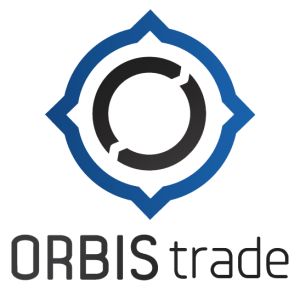What Is a Managed Security Service?
A managed security service is the systematic approach a third-party takes to manage a business’s cybersecurity needs, including managing firewalls, monitoring and controlling intrusion detection systems in addition to implementing patches and upgrades, performing vulnerability and penetration assessments responding to emergencies and supplying reports. Managed security services are generally a cost-effective choice for organizations that cannot afford to employ and maintain their own cybersecurity team or have limited in-house capabilities.
A security-focused MSP is focused on cybersecurity while IT service providers focus mostly on IT operations. MSSPs offer monitoring of information security and management around the clock to assist organizations in detecting and respond to cyberattacks. They typically rely on the high-availability security operations center and provide services such as managed firewalls and intrusion detection, virtual private network (VPN) management, endpoint threat detection and vulnerability scanning and response.
An MSSP should be able to offer www.antivirushub.net specific services that are based on an understanding of your organization’s security goals and environment. In addition, they provide 24/7 monitoring and threat intelligence, premium MSSPs additionally analyze and assess information gathered from a vast range of sources. This helps them identify threats and eliminate vulnerabilities that are critical to your security.
A security-focused MSP should also have the capabilities to provide advanced endpoint detection and response (EDR) and XDR solutions. XDR monitors and collects data from a variety of technologies such as firewalls intrusion detection, security software, next-generation firewalls, and other enterprise devices. It also provides centralized management and automation. The platform can identify unknown attackers using multi-layered detection techniques and provides visibility into the entire attack area to identify and fix any security issues.



